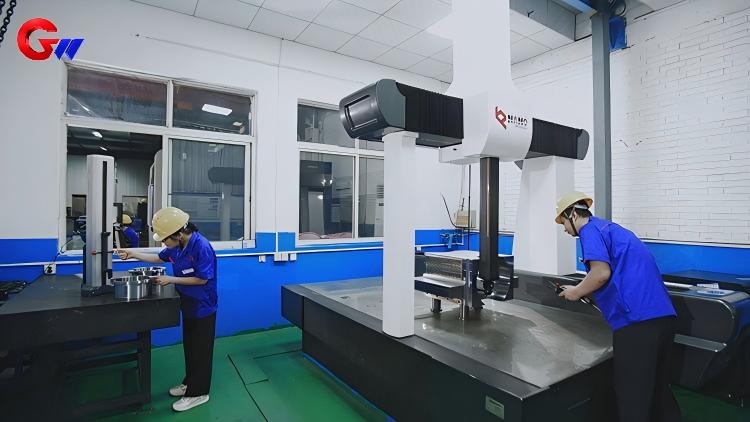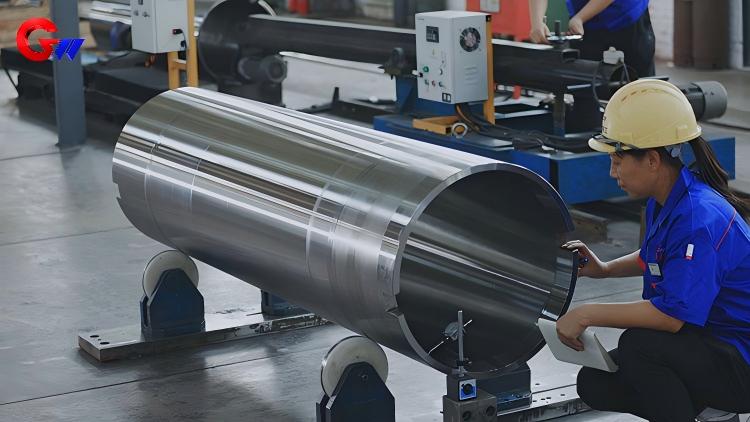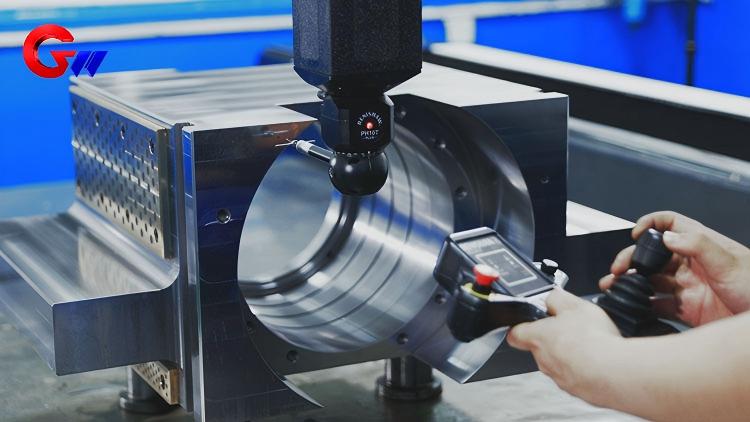
GW Precision Quality Control

About Us
The company possesses high-precision measuring eguipment such as a three-coordinate measuring machineand a height gauge to ensure the products quality . In addition, a dedicated coaxiality testing device has beendeveloped. The quality department is staffed with employees with many years of experience in quality managementand inspection. Guangwei Precision has obtained dual certification in 1S0 9001 Quality Management System and Weapon EquipmentQualityManagement System.



Get the latest price? We'll respond as soon as possible(within 12 hours)
